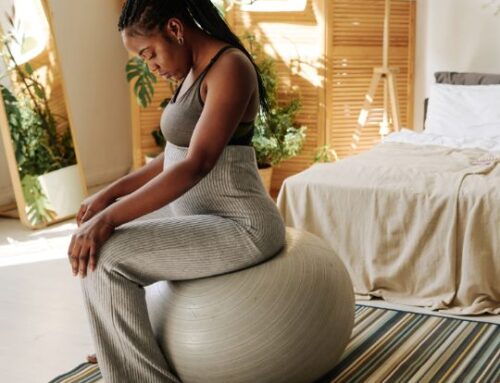There are a lot of benefits to cupping. The skin is a heavily vascularized tissue and as such has a constant flow of blood. Blood which carries nutrients that help your body to heal. When we apply cups to the body we cause a localized increase in blood flow. This helps the target area become more nutrient rich which speeds up recovery and increases overall circulation. This leads to a decrease in inflammation. As an added benefit, cups also create tension on the fascia beneath the skin creating a pull on the underlying muscles.
Stationary Cupping:
Traditionally, cupping has been used to treat tissue pain and tenderness. A provider will apply cups to an irritated area and leave them there for several minutes. This is called stationary cupping and does a really good job at helping to alleviate pain and speed up recovery. But this is just one way to treat utilizing cups.
Sliding Cupping:
Sliding is another fairly popular form of cupping. This method has the provider placing cups onto the patient body and then sliding the cups across the skin, generally with the aid of an emollient so that the skin is not aggravated. Sliding is really beneficial for patients experiencing irritation along a larger/longer muscle or muscle group. Because the cups slide along a larger area, blood flow throughout the entire region is stimulated resulting in even greater nutrient transport. Additionally, sliding provides a deeper mobilization of the fascia and underlying musculature. It can help workout multiple trigger points within one or a group of muscles without having to apply more cups. In other words, stationary cupping is great for a focal area of pain, where sliding is more beneficial for larger areas of pain.
Cupping with Mobilization:
There’s one last approach to cupping I want to cover but this one is not, in my experience, as well known to the average patient as the others are. This would be cupping with active and passive mobilization. In this version, the provider applies multiple cups to several different muscles that relate to an area of dysfunction. For example, if a patient is experiencing shoulder pain, cups may be applied to the trapezius, rhomboids, infraspinatus, teres and pectoralis muscle groups. The goal here is to take the benefits of cupping (increased circulation and fascial mobilization) and rather than using it to treat the irritated muscles alone, use them to treat the muscles involved in a particular joint’s movement.
From here the provider will alternate between passively moving the patient’s shoulder through its normal, healthy range of motion and asking the patient to move through that same range of motion on their own. By using this method we can give several benefits to the shoulder with one 3-4 minute treatment modality. Cupping with mobilization leads to better circulation throughout every muscle that plays a role in joint movement, helps reduce inflammation throughout the entire joint, performs a sort of trigger point release therapy on the muscle restricting joint movement while also strengthening the brain-body connection with regards to how the shoulder SHOULD be moving. And this approach can be performed for any joint.
Cupping is a great way to treat a large number of musculoskeletal conditions. It’s a relatively short modality but it offers so much benefit. There are some contraindications such as, bleeding disorders, blood clotting conditions and some medications but for the vast majority of patients this is a modality that can make a big difference fast.
So if you’re experiencing any pain like I described above, call and set up an appointment, or do it yourself via our online scheduler! And ask your provider about cupping. I promise that the ring marks left behind are well worth the benefits of care. And by the way, those rings are rarely tender and often last only a few days!





